Over 3 million pictures framed
Photographer Tim Wallace – Expert Tips
We managed to catch up with esteemed automotive photographer Tim Wallace to discuss his key tips for making it in the world of photography.
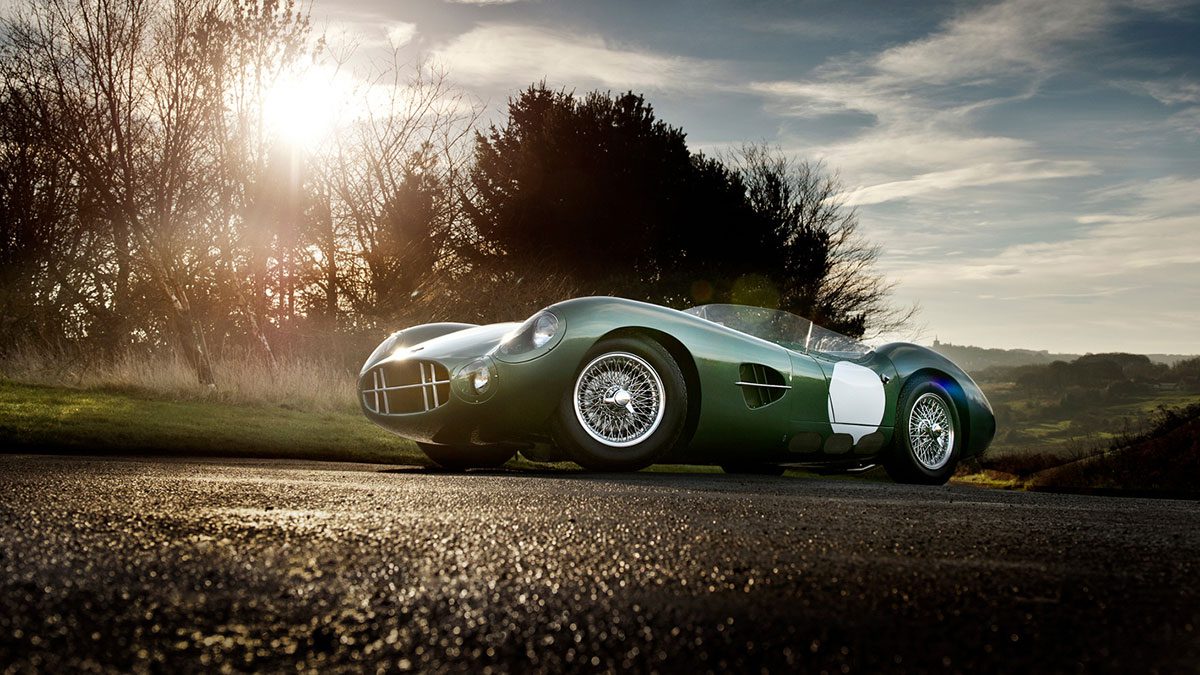
The following text is taken from the podcast interview we recently recorded with the award-winning automotive photographer Tim Wallace. The below will provide an overview of some key points to consider, picked up from his extensive experience in photography, they will prove invaluable to photographers of all levels. Meanwhile, if you wish to listen to the full interview and discover a little more about his life and professional career, we have included the links at the end of this article.
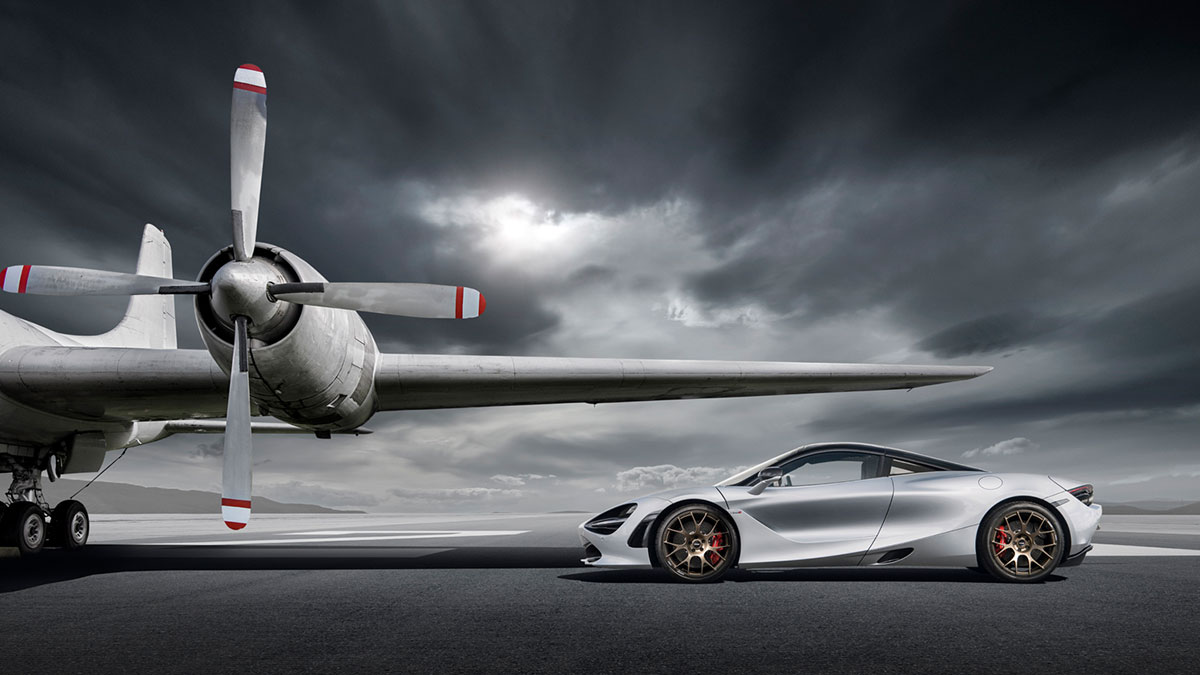
Camera Kit
I use a Nikon for all editorial work, I have always shot on a Nikon and I use the Hasselblad medium format for my commercial work. With regards to the camera I would recommend, there is nothing I would recommend, I don’t do recommendations because it would be wrong for me to do that. Generally, you need to pick whichever camera works best for you and is perfect for what you need it to do. I wouldn’t be the type of person to say you need to use the Nikon or need to use a Hasselblad, they just work for me, so that’s what I use…
I’ve been asked whether I have tried a mirrorless lens before, yeah I have had a look at it, it doesn’t work for me in the work and environment I’m in. There are all sorts of issues with batteries and other things and it’s just not the way I want to operate. For a lot of people it will be fine, but for me it’s not really suitable.
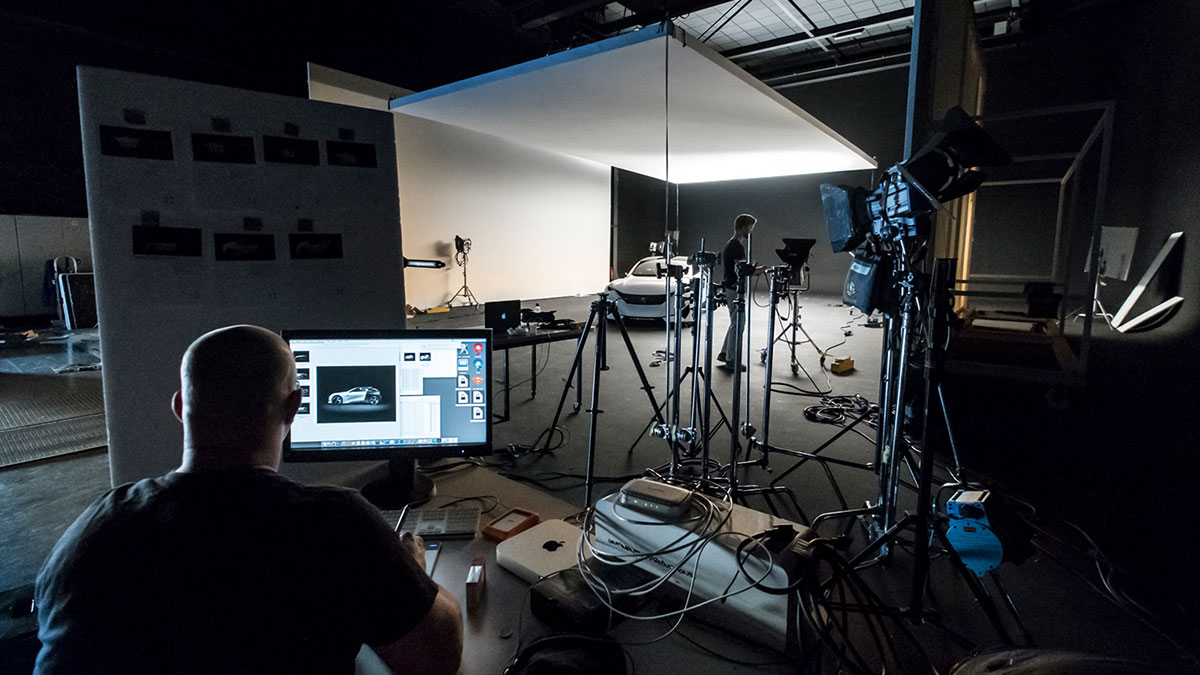
Composition
In commercial work, always allow room, remember the banner scenario! A lot of people try to get stuff together to promote themselves and get more commercial work, but they go in far too tight, they fail to remember that imagery may have to go across a double-page spread (DPS). Or even worse what I call the “18700 scenario” which is 1800 pixels by 700 deep which is your standard commercial banner on a website, if your image can’t fit into that banner it’s no use to your client
They may not have decided whether it’s going into a banner until months after you’ve shot it, so always be aware of that. If it can’t fit in there it’s a bad sign, furthermore if you go in for a DPS and you fill the frame you’ll find that you’ve left no room for the text or branding, therefore always allow room in your image. Shoot over the space you need because commercially, you always need to do that. One of the perks of shooting on a medium format is that you can crop in, for example if I shoot a metre each way wider than I need to then the client has room to manoeuvre.
Always remember that you’re not shooting this for you, you’re shooting it for them, a paying client, so don’t shoot it how you would like it to be shot. In the early days remember that the client is paying you to do this the way they want it done. Later down the line you might get to the point where I got to a couple of years ago, where I ask how would you like it shot and they turn around and say just do it your way, what do you think, and they will give you that freedom to do it.
When I did the McLaren MSO shoot we did it that way, because it’s the way I said it would look the best, so there is a bit of freedom, but also an immense amount of pressure there because if you mess it up they are going to be coming back at you and saying “You said this would be really good and it’s not!” It’s never happened to me yet, and touch wood it never will because I’m careful, but yeah early days remember you are shooting it for them, not you
When it comes to composition keep it simple, ask yourself what am I trying to say here…
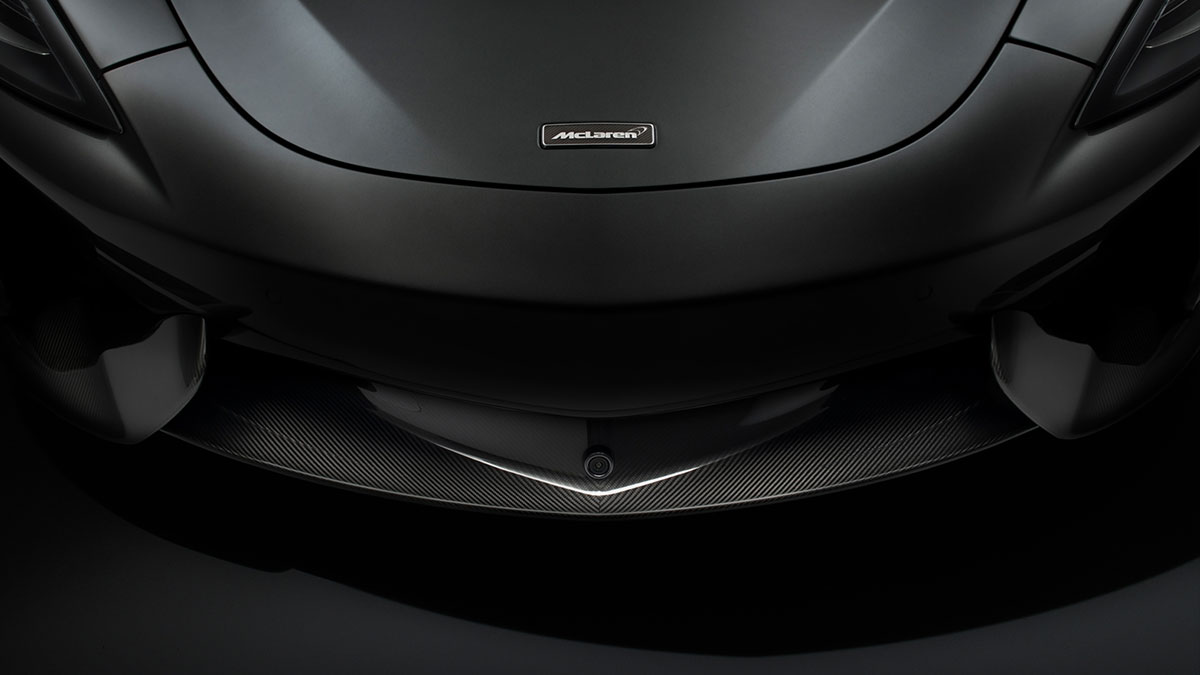
Lighting
Start with one light, learn how it changes with direction and the time of day, then when you have mastered that, add another light and start to build it up slowly. It’s a bit of a learning curve, one thing poignant to say is that photography is a journey, it’s not a destination. You’ve got to evolve and push yourself and keep learning, don’t be in a rush to get to the endpoint, because there really isn’t one.
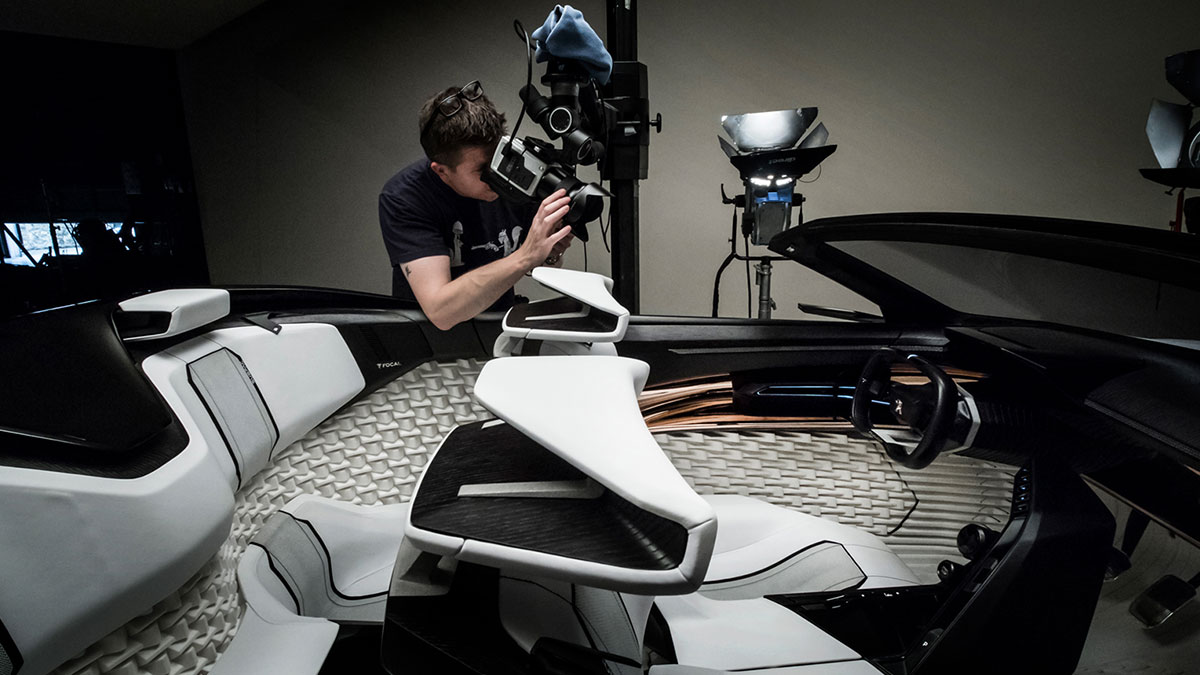
Environmental factors
Weather, subscribe to the best weather apps you can get, make sure you get to know what those apps and websites are because if you have to work on location in the UK or worldwide you need to be prepared. Use them and if it’s important to you, then pay for them because you can’t beat being able to shift a shoot day because of the weather. Also learn to shoot in all conditions because you can’t trot up to a shoot on location and say to a brand “Sorry it’s not 62% cloud cover so I can’t really do it”.
You have got to learn to shoot in bright sunshine and also in rain, I’ve shot in rain three times, it doesn’t happen often, usually rain doesn’t last all day, but on three instances it has lasted all day. It is a pain and the only way around it is to shoot down at something like an eighth a second so the rain blurs out and isn’t visible, but you have got to learn to do all these things. In any situation you’re expected to produce the results no matter what, so get familiar with all types of weather conditions.
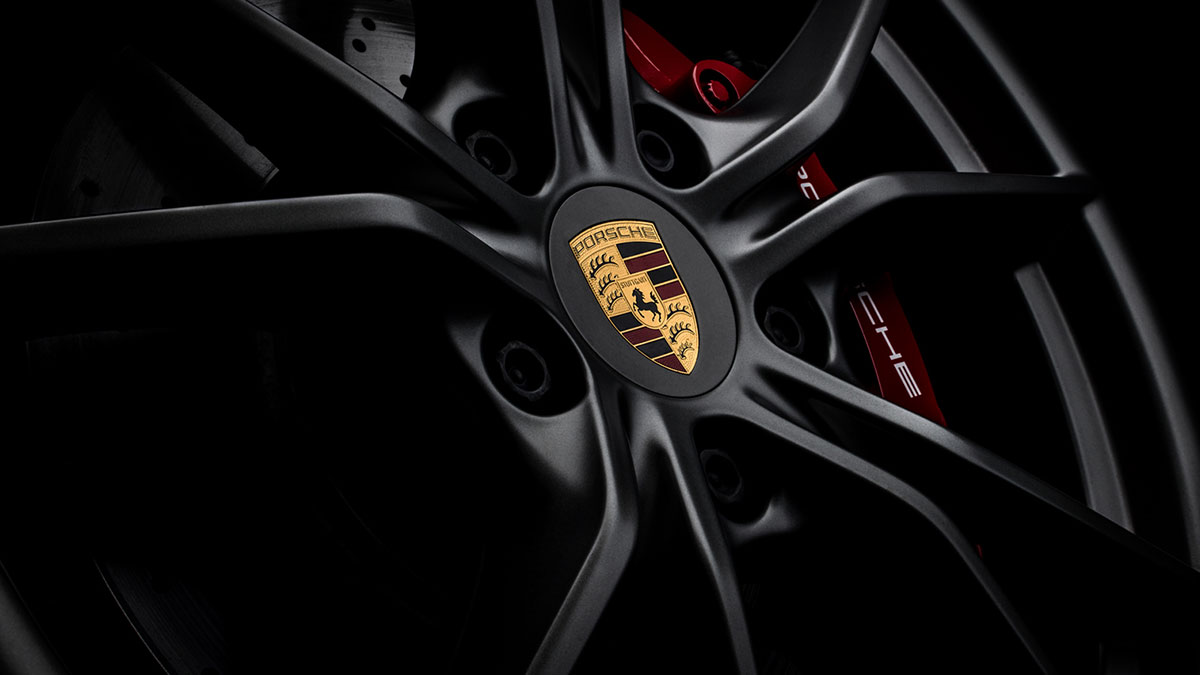
Networking Advice
Social platforms use them, build them up, in the first few years when you’re building up your brand on Twitter, Facebook, Instagram start uploading your work and only put up work of the niche you want to be in, don’t cloud it with other stuff. When you’ve built a name for yourself and a bit of a following, I think we have 120k across the social platforms now, that’s when you can put pictures of your dog upside down asleep. Because it’s a bit of humour and allows people to see behind the scenes of your life, but in the early days keep it absolutely to your niche, you have to make it clear what you do. Use LinkedIn properly, and if you don’t know how to use it properly, book yourself in for a course. Because many people are using it the wrong way and it’s a very powerful tool.
Get yourself an all-star profile on there, understand how to do that and learn how to use LinkedIn. Not only is it important for linking to people, but if I do a shoot for somebody and I wanted to know who their marketing Director was, LinkedIn is where I would go to find out, It’s a good research tool. With regards to your portfolio, remember you’re not selling the images, you’re trying to demonstrate your ability and style, the quality and the range of circumstances you can work within and also show consistency.
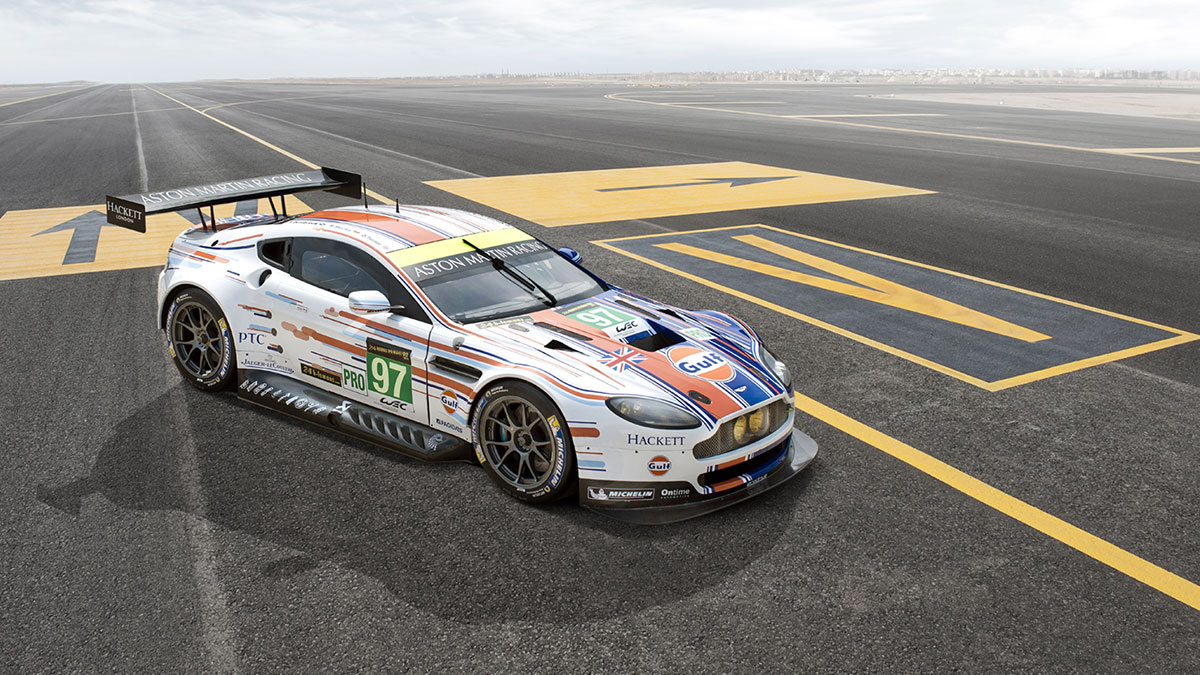
Kit I can’t live without
Everything is backed up in modern places, cameras can be replaced, if something happened to my camera’s today I know I can phone the people I work with at the camera manufacturer and they would deliver a couple overnight as I have a good working relationship with people like that. So, the only thing I couldn’t live without is my phone.
I did a job two weeks ago and I got off the plane, and when I’m on the plane I have a pair of Bose sound headphones, which can reverse the sound making it absolutely quiet, sometimes I listen to music or watch a film, or just have it silent in order to sleep. So I was listening to music and I had my phone in the pocket in front of me and I stepped off the plane going through security and I thought I’d text the wife to let her know I had arrived ok, reach into my pocket and cannot find it. Damn I’m thinking. It was 40 minutes ago, I’m sure they have turned around and on the next flight already. And for a split second I had this very real fear, my phone has all my emails, my calendar and my schedule…
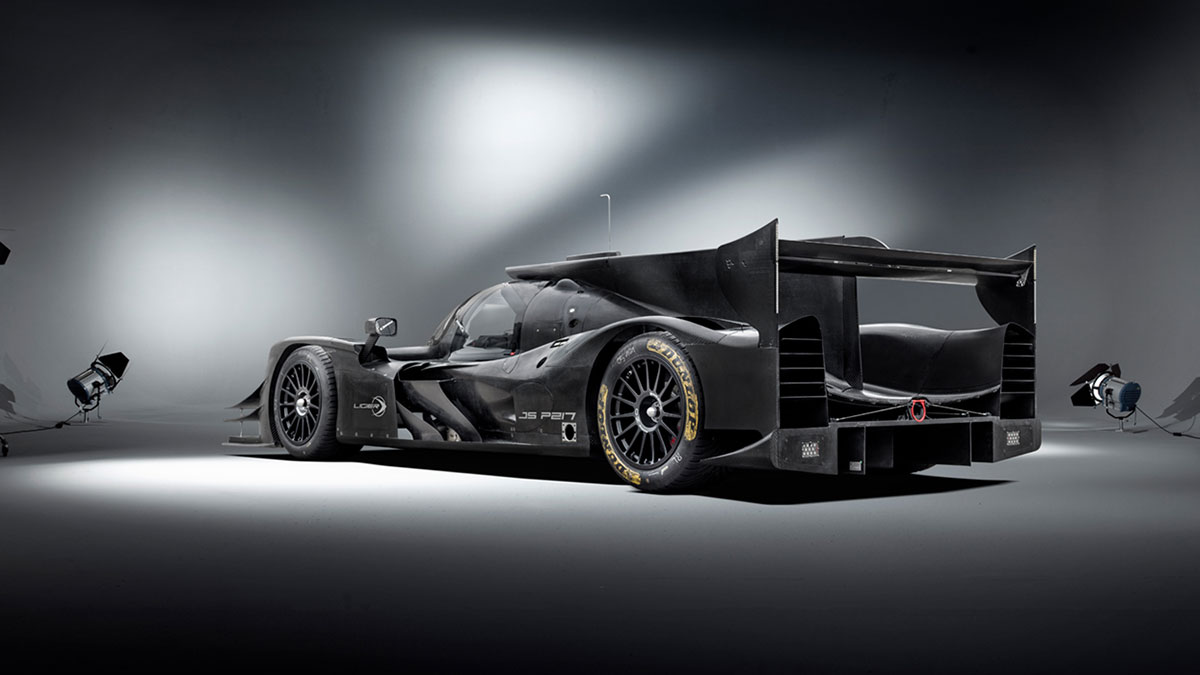
The full Tim Wallace podcast is available on SoundCloud and Spotify
For more information on Tim Wallace visit www.ambientlife.co.uk
Tim has a wealth of in-depth online courses available at members.kelbyone.com/author/twallace/
